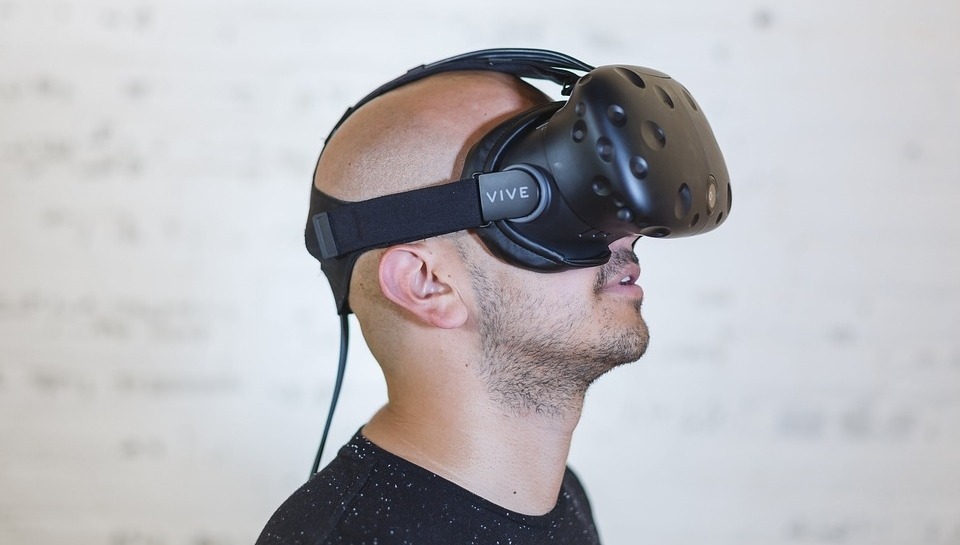Schizophrenic or Shamanic? It Depends on the Cultural Context
An individual can display certain symptoms, but whether they are an indication of schizophrenia or shamanic abilities depends largely on the cultural context. By cultural context I mean the collective beliefs, values, expectations and responses of the community which shape the mentality and behaviour of the individuals within that community. Mental illness is heavily influenced…
View Post



